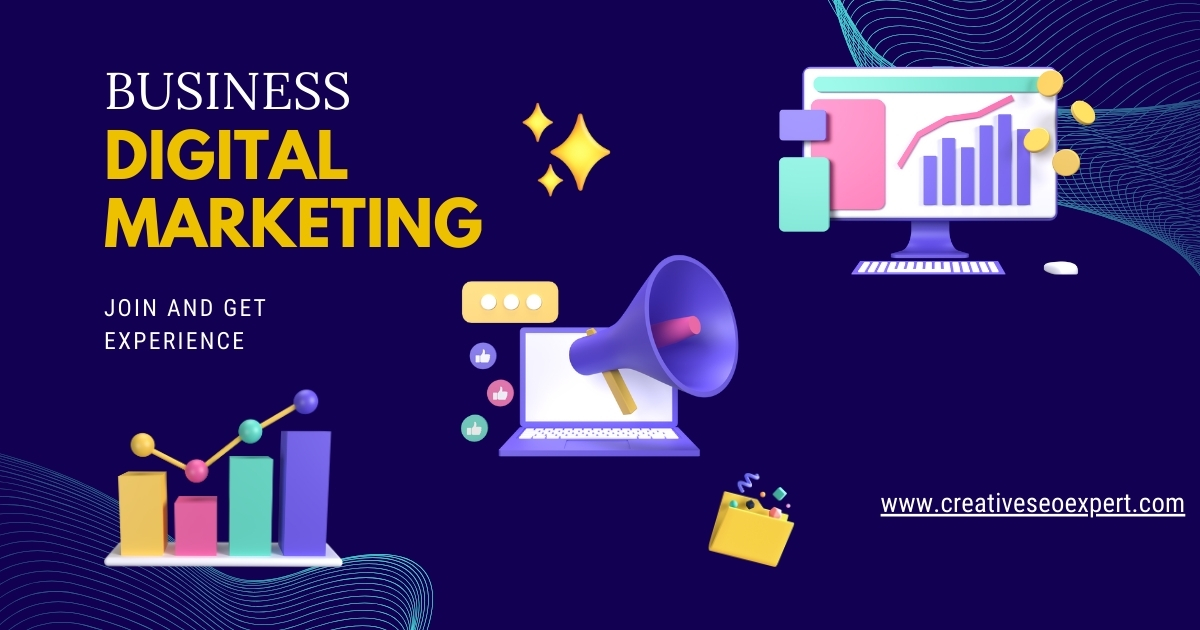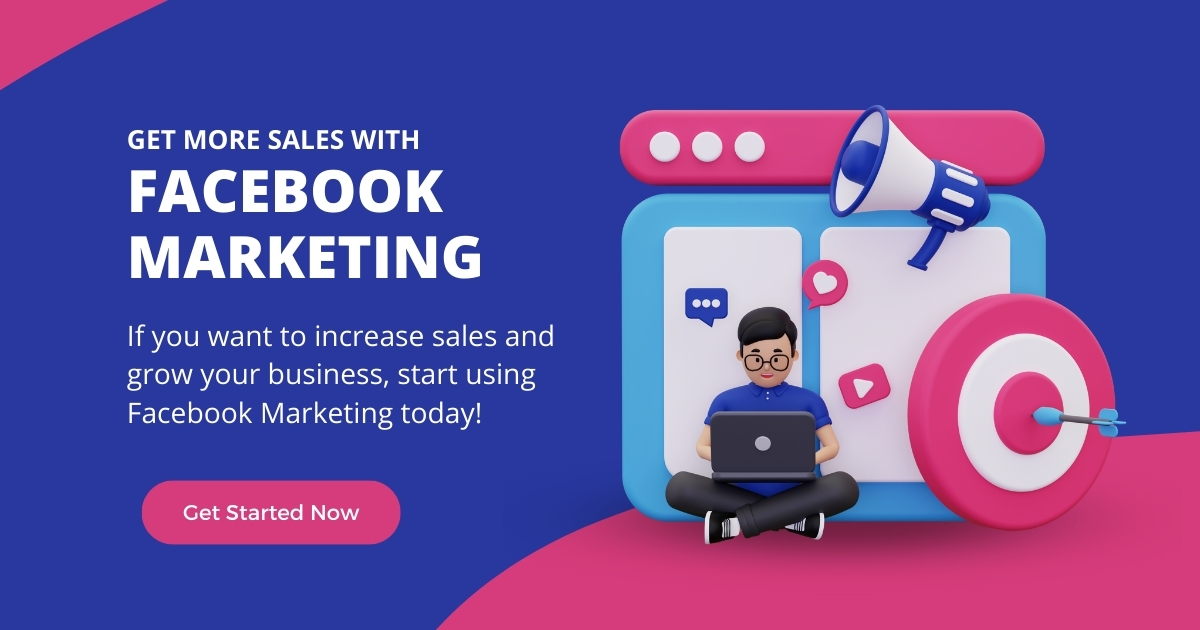Introduction
Best Facebook Marketing In the ever-evolving digital landscape, mastering social media marketing is not just an option; it’s a necessity. With a staggering 2.8 billion monthly active users, Facebook emerges as a premier platform for businesses aiming to connect with their audience. But how do you effectively harness this digital titan to elevate your brand? This guide will delve into the nuances of Facebook marketing, from decoding the algorithm to mastering ads, pinpointing your audience, and much more.
Understanding the Facebook Algorithm
The Facebook algorithm is a complex system designed to highlight content that engages users. Grasping how this algorithm works is essential for maximizing your reach and engagement on the platform.
How Does the Facebook Algorithm Work?
The algorithm evaluates numerous factors, including:
- User Interaction: Likes, comments, shares, and other engagements signal that the content is appealing.
- Content-Type: Videos and live streams often get higher priority.
- Relevance: Posts aligning with user interests and past behaviors are more likely to be shown.
Impact on Organic Reach
The algorithm’s focus on personal connections has led to a decline in organic reach for businesses. This shift means that without paid promotions, your content may not reach a significant portion of your audience, necessitating a strategic approach to content creation and promotion.
Setting Up Your Facebook Business Page
A well-optimized Facebook Business Page is the cornerstone of your marketing efforts on the platform. Here’s how to set up and optimize your page for success.
Creating a Business Page
Setting up a business page on Facebook is straightforward. Navigate to the “Create” tab and select “Page.” Choose “Business or Brand,” and follow the prompts to input your business details, such as name, category, and contact information.
Optimizing Your Profile
Ensure your profile is complete and professional, including:
- Profile Picture and Cover Photo: Use high-quality images that represent your brand.
- About Section: Write a clear and engaging description of your business.
- Contact Information: Make it easy for customers to reach you.
Importance of a Consistent Brand Image
Consistency in branding is crucial. Use the same logos, colors, and messaging across all your social media platforms to create a cohesive brand image that your audience can easily recognize.
Creating Engaging Content
Crafting content that resonates with your audience is vital for successful Facebook marketing. Here are strategies to ensure your content stands out.
Types of Content That Work
Different types of content perform well on Facebook, including:
- Posts: Regular updates, promotions, and announcements.
- Videos: Highly engaging and often prioritized by the algorithm.
- Live Streams: Real-time interaction with your audience.
- Stories: Short, ephemeral content that encourages quick engagement.
Visual Content Strategies
Visual content is more engaging than text alone. Use high-quality images, infographics, and videos to capture attention and convey your message effectively.
Writing Compelling Copy
Your copy should be clear, concise, and compelling. Use a conversational tone, ask questions, and include calls to action to encourage interaction.
Leveraging Facebook Ads
Paid advertising on Facebook can significantly boost your reach and engagement. Here’s how to get started.
Overview of Facebook Ads
Facebook offers a variety of ad formats, including image ads, video ads, carousel ads, and more. Each format serves different purposes and can be tailored to your specific goals.
Types of Facebook Ads
- Image Ads: Simple yet effective, these ads use a single image to capture attention.
- Video Ads: Engage users with dynamic content.
- Carousel Ads: Showcase multiple images or videos within a single ad.
- Collection Ads: Ideal for e-commerce, these ads allow users to browse products directly from the ad.
Setting Up Your First Ad Campaign
Begin by defining your objective, whether it’s brand awareness, lead generation, or sales. Then, set your budget, choose your audience, and create your ad. Facebook’s Ads Manager tool guides you through each step.
Audience Targeting
Effective targeting ensures your ads reach the right people.
Understanding Your Audience
Use Facebook’s insights to understand your audience’s demographics, interests, and behaviors. This data helps tailor your content and ads to meet their preferences.
Custom Audiences
Create Custom Audiences by uploading your customer lists or using website data to reach people who already know your business.
Lookalike Audiences
Expand your reach by targeting Lookalike Audiences, which consist of users similar to your existing customers.
Utilizing Facebook Insights
Facebook Insights provides valuable data to refine your strategy.
What Are Facebook Insights?
Facebook Insights is an analytics tool that tracks user interaction with your page. It provides data on page views, post engagement, and audience demographics.
Key Metrics to Monitor
- Engagement Rate: Measures how often people interact with your posts.
- Reach: The number of unique users who see your content.
- Impressions: Total views of your content, including multiple views by the same user.
- Clicks: Indicates interest in your posts.
Using Data to Improve Strategy
Analyze this data to identify what’s working and what’s not. Adjust your content and posting strategy based on these insights to optimize performance.

Building a Community
Creating a sense of community can increase loyalty and engagement.
Engaging with Your Audience
Respond to comments, messages, and reviews promptly. Showing that you value your audience’s input fosters a positive relationship.
Creating and Managing Facebook Groups
Facebook Groups are great for building a community around your brand. They provide a space for more personal interaction and can enhance customer loyalty.
Encouraging User-Generated Content
User-generated content (UGC) like reviews, photos, and posts can boost credibility and engagement. Encourage your audience to share their experiences with your products or services.
Facebook Marketing Tools
Several tools can enhance your Facebook marketing efforts.
Facebook Business Suite
This comprehensive tool allows you to manage your pages, ads, and insights in one place. It simplifies the process of running multiple Facebook pages and ad campaigns.
Third-Party Tools for Facebook Marketing
Consider tools like Hootsuite or Buffer for scheduling posts and monitoring engagement. Tools like Canva can help create visually appealing content.
Best Practices for Facebook Marketing
Follow these best practices to maximize your success on Facebook.
Posting Frequency
Consistency is key. Aim to post at least once a day to keep your audience engaged.
Timing Your Posts
Experiment with posting times to find when your audience is most active. Facebook Insights can help determine optimal posting times.
Responding to Comments and Messages
Engage with your audience by responding to comments and messages promptly. This interaction can build trust and foster a loyal community.
Common Mistakes to Avoid
Avoid these pitfalls to ensure your Facebook marketing efforts are effective.
Over-Promotion
Balance promotional content with engaging and informative posts. Too much self-promotion can turn off your audience.
Ignoring Analytics
Regularly review your analytics to understand what’s working and what isn’t. Ignoring this data can lead to missed opportunities for improvement.
Inconsistent Posting
Consistency builds trust. An erratic posting schedule can confuse your audience and reduce engagement.
Future Trends in Facebook Marketing
Stay ahead by understanding upcoming trends.
Rise of Video Content
Video continues to dominate social media. Embrace video content to stay relevant.
Increased Personalization
Personalized content that resonates with individual users will become even more important.
Integration with Other Platforms
Cross-platform marketing will grow in importance. Integrating your Facebook strategy with other social media channels can enhance overall performance.
Measuring ROI
Measuring the return on investment (ROI) of your Facebook marketing efforts is crucial to understand the effectiveness of your strategies.
Tracking Conversions
Use Facebook’s conversion tracking tools to monitor actions taken by users after interacting with your ads.
Calculating ROI
Calculate your ROI by comparing the revenue generated from your Facebook marketing efforts to the costs incurred.
Adjusting Your Strategy Based on Results
Use your ROI data to refine and improve your marketing strategies, ensuring you’re getting the best possible results.

Conclusion
Facebook marketing offers immense potential for businesses to reach and engage with their audience. By understanding the algorithm, creating engaging content, leveraging ads, targeting effectively, and using analytics, you can maximize your success on the platform. Stay informed about future trends and continually measure your ROI to keep your strategy effective and relevant.


